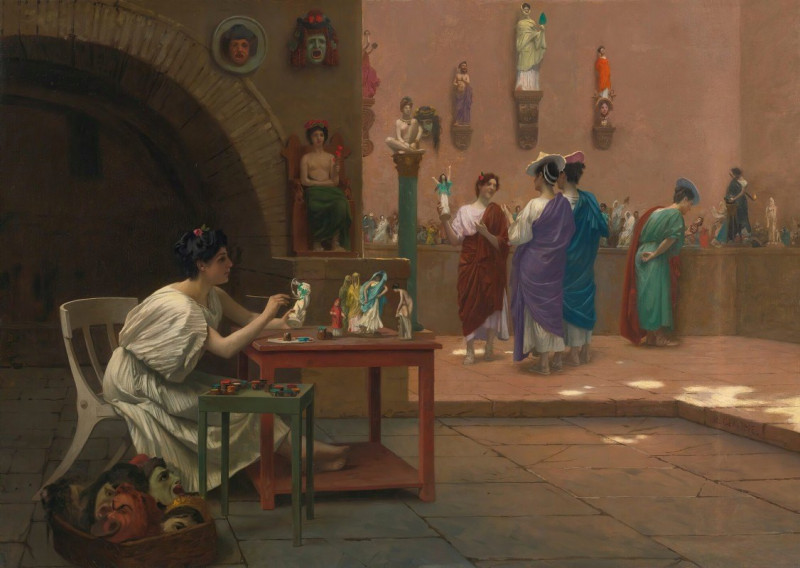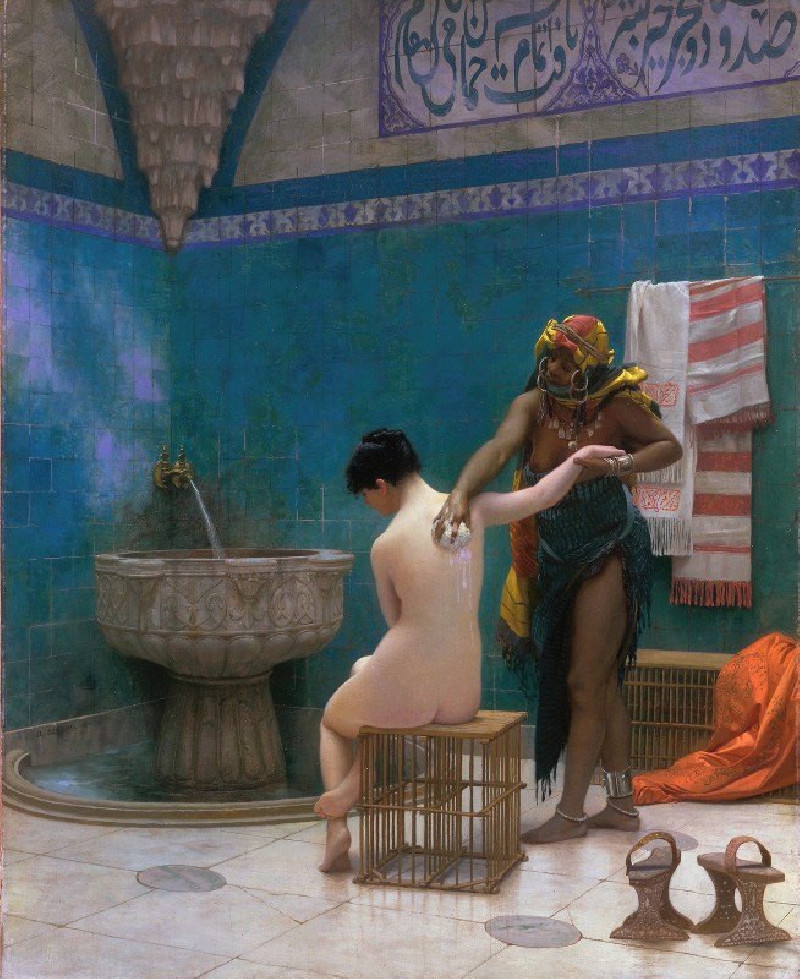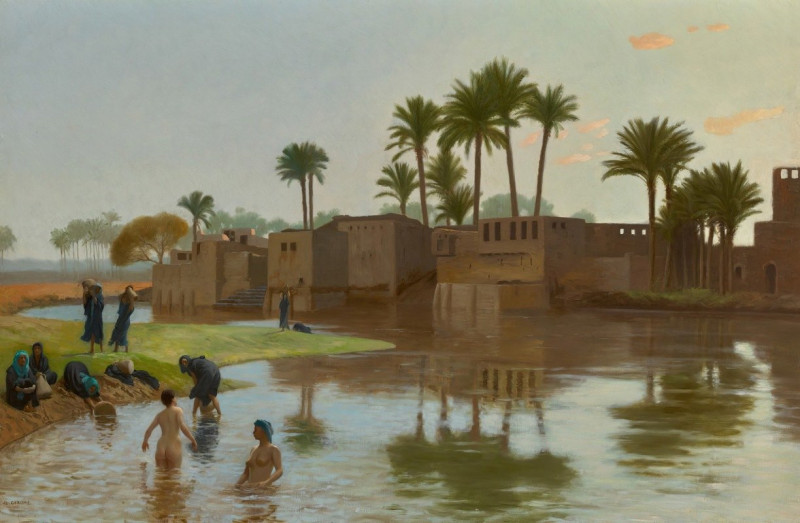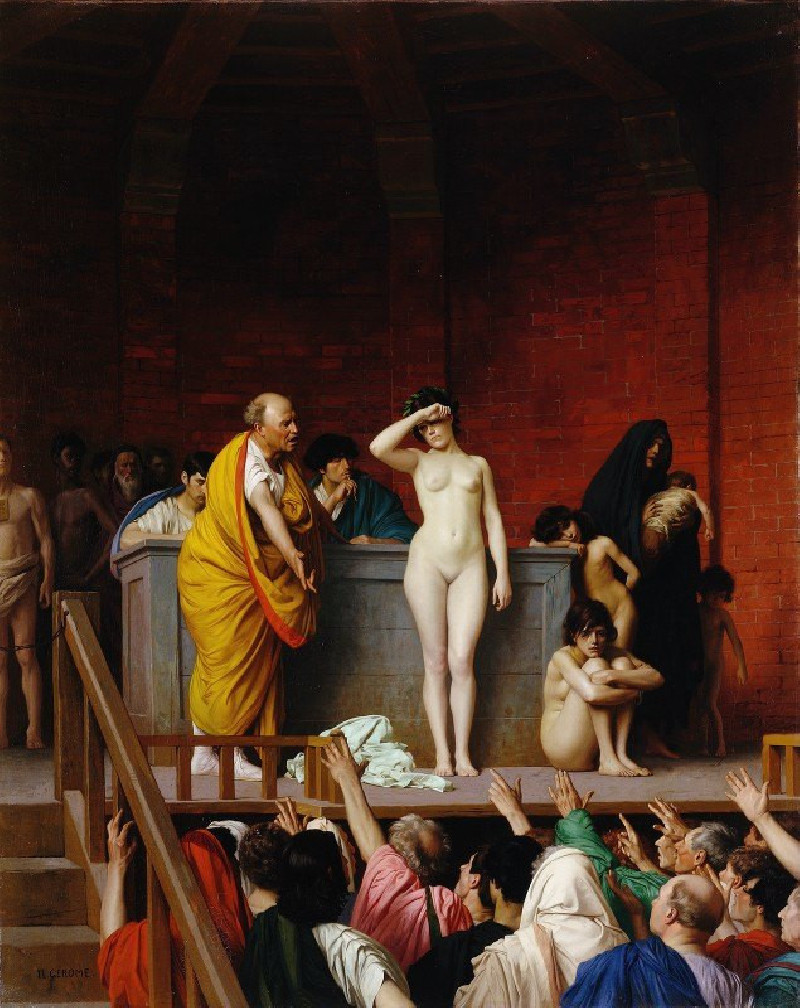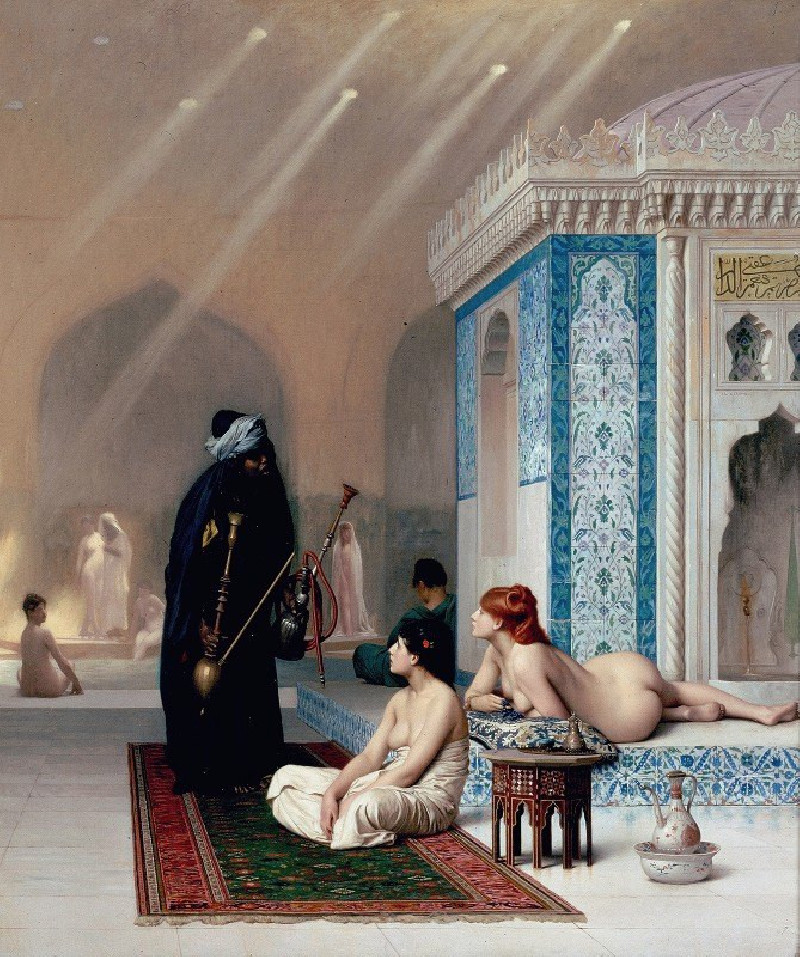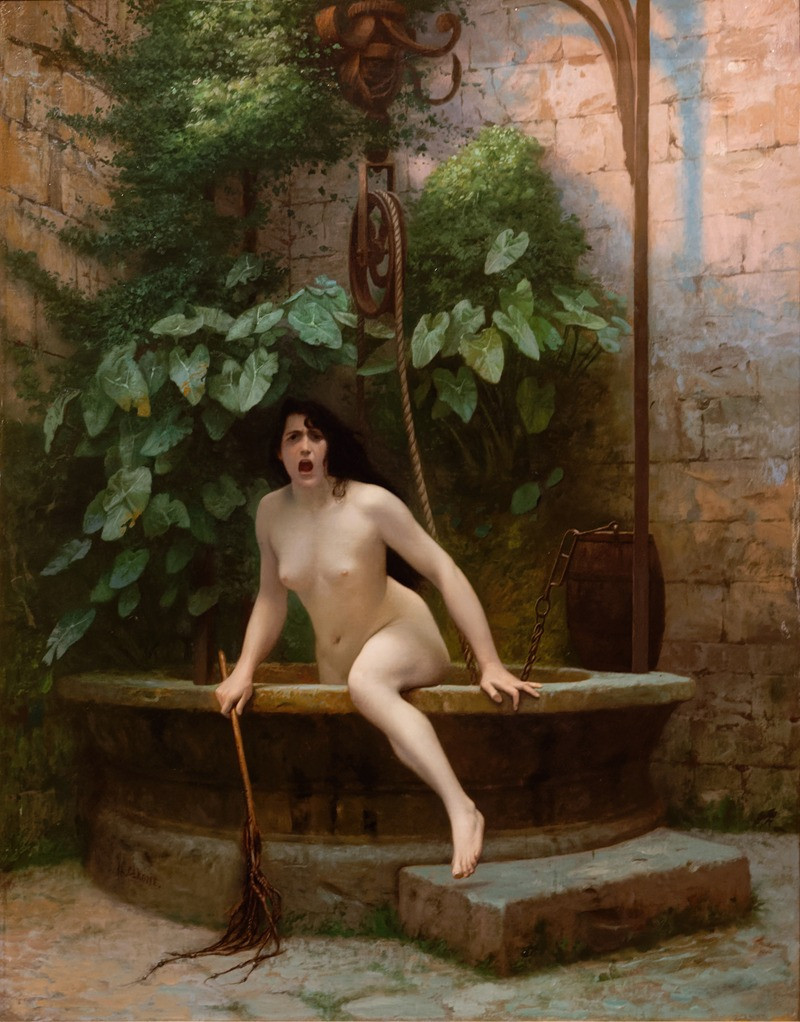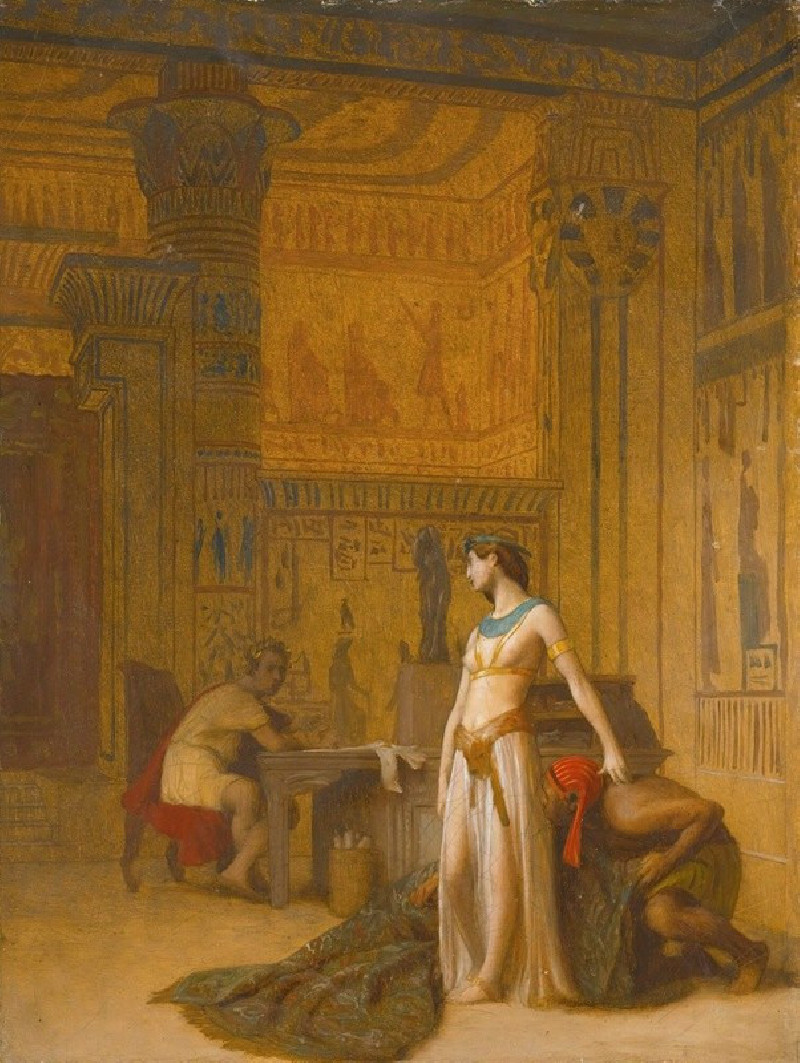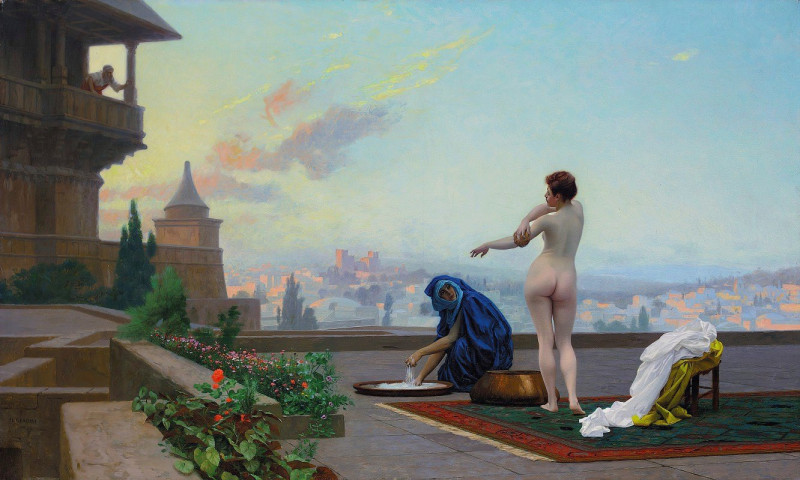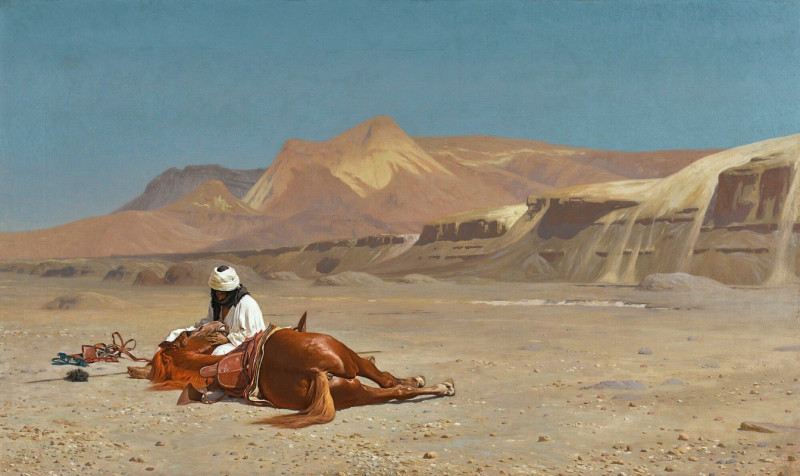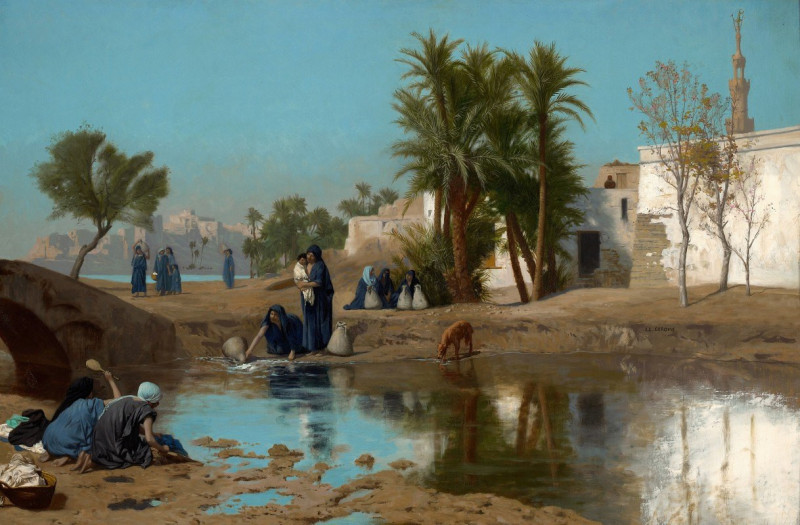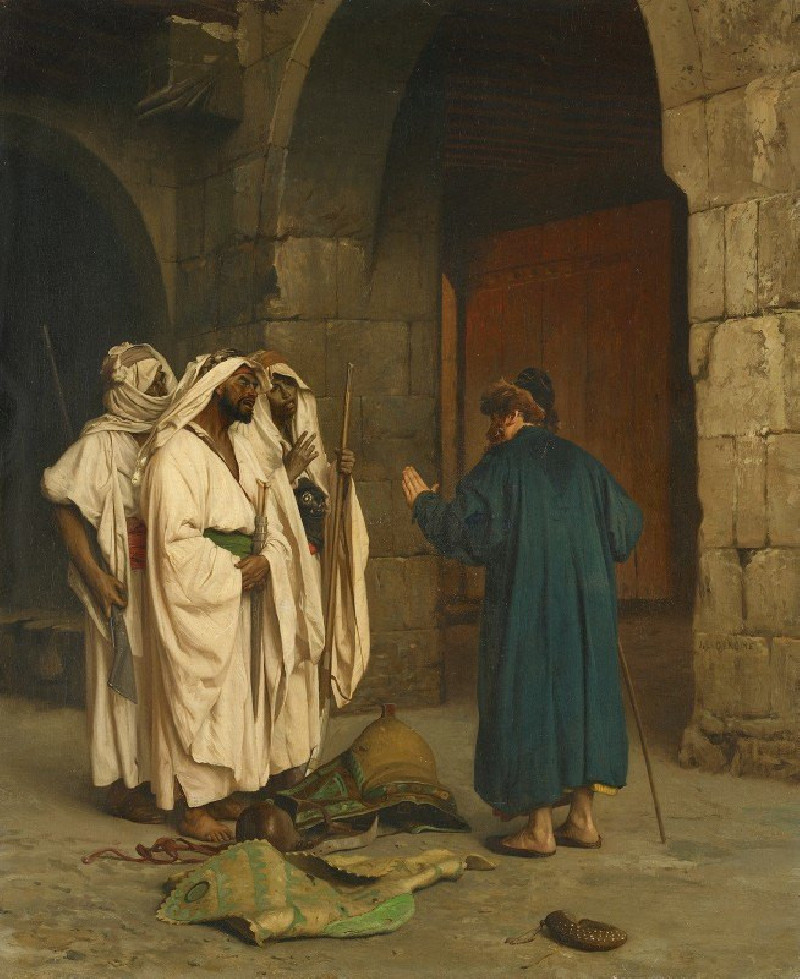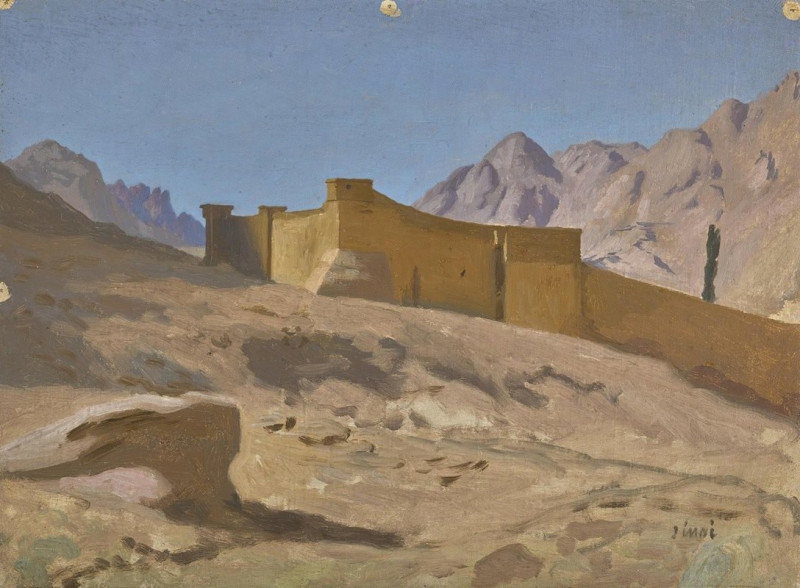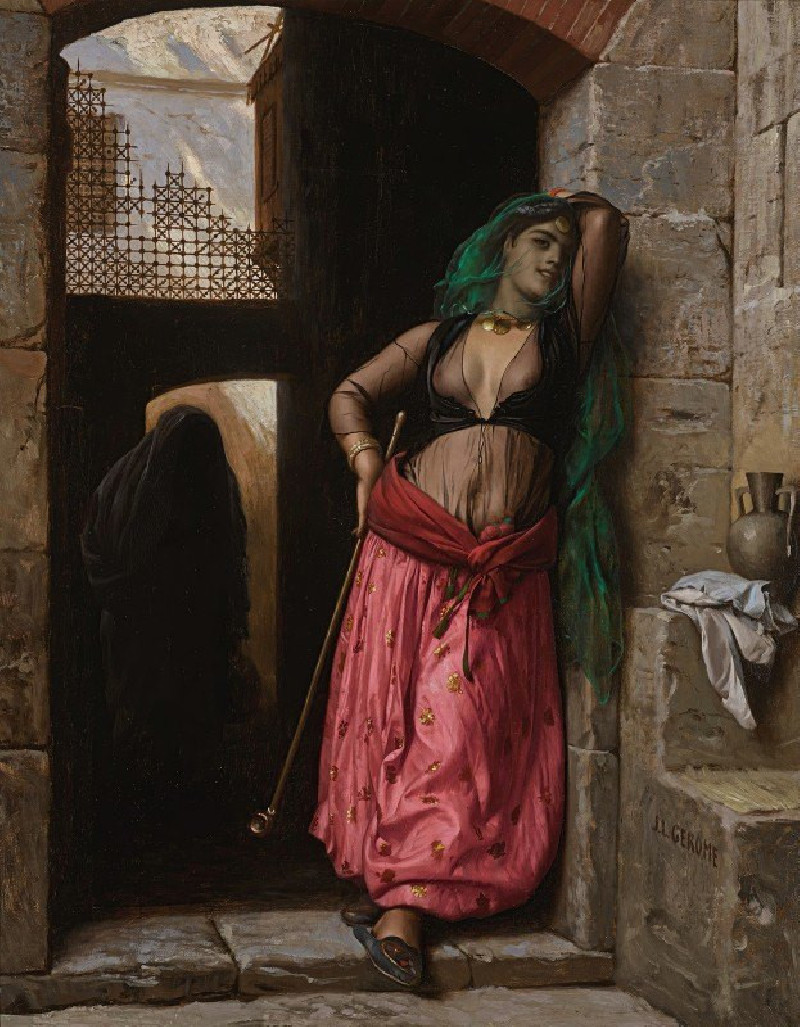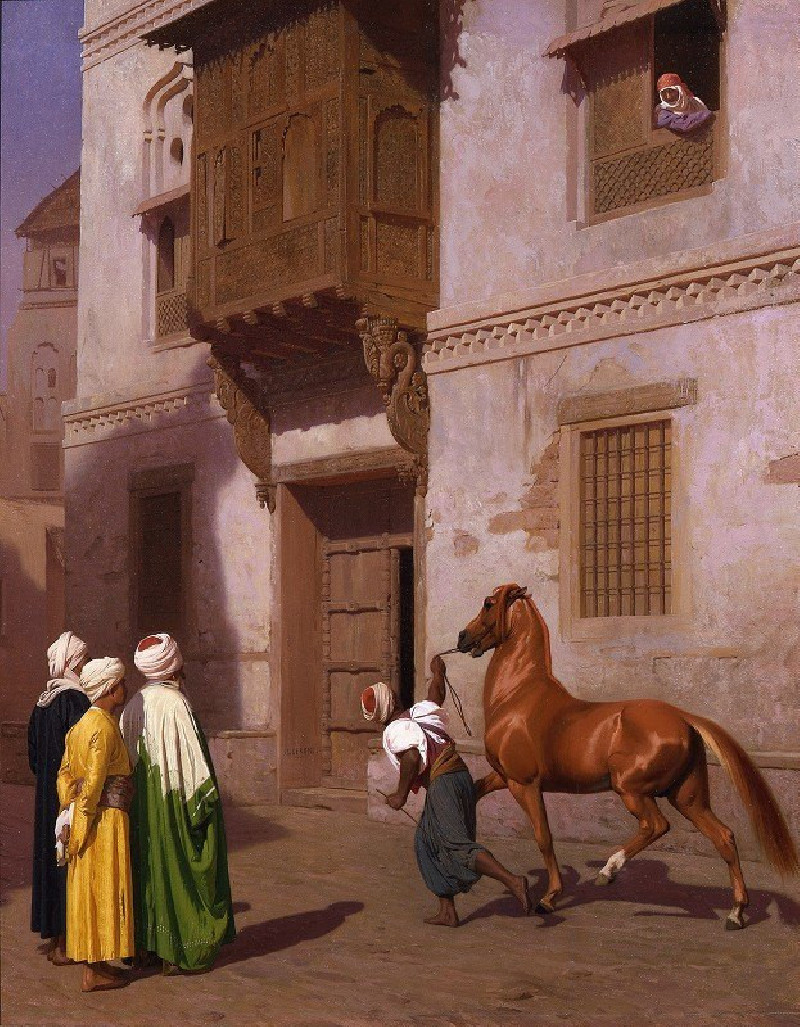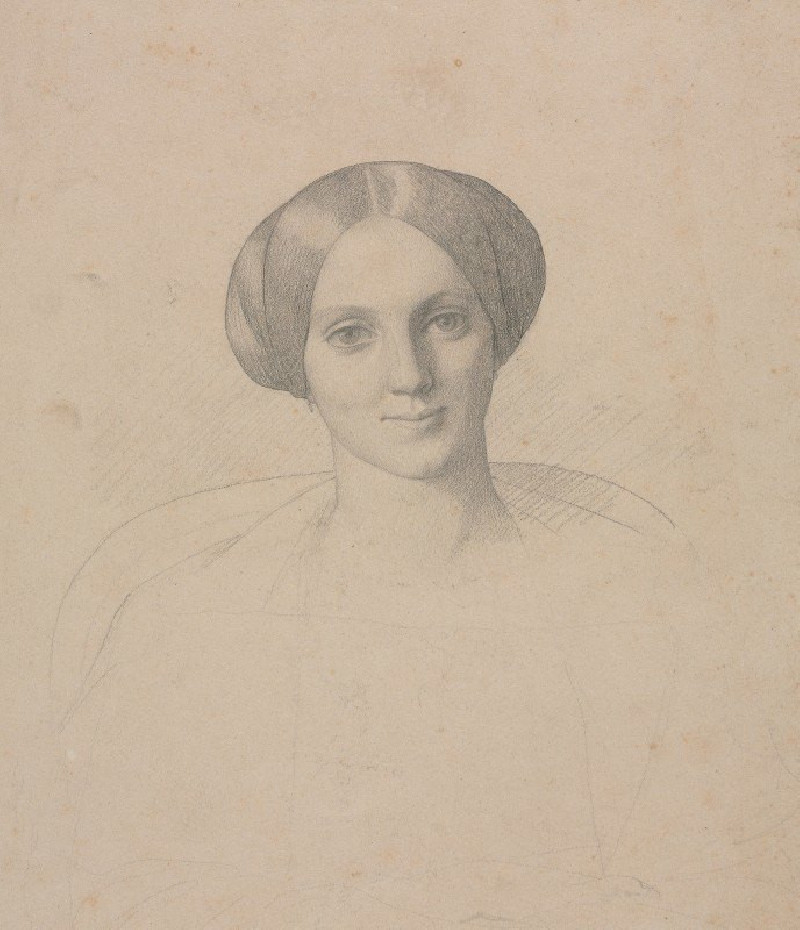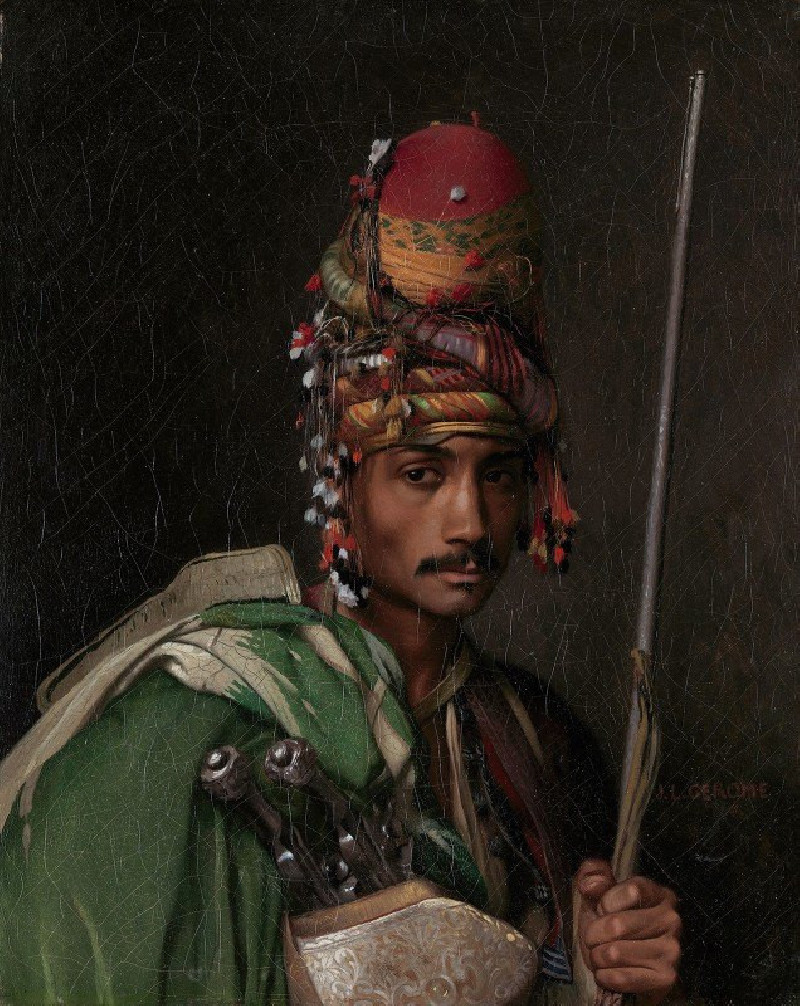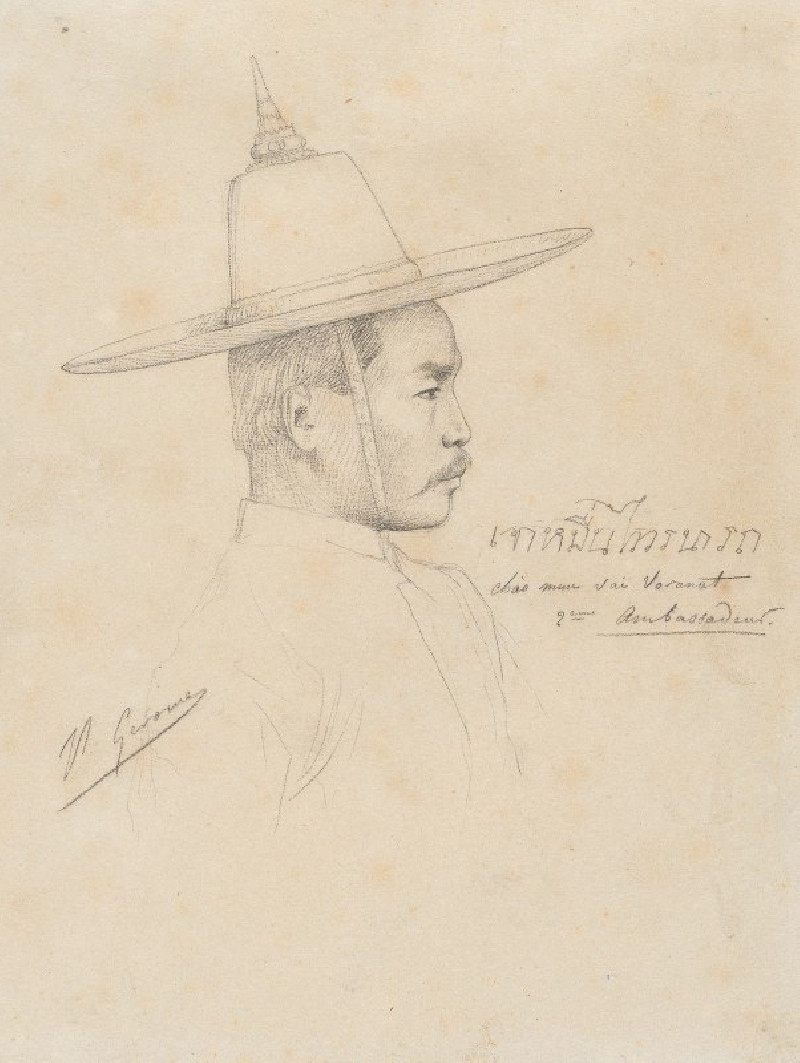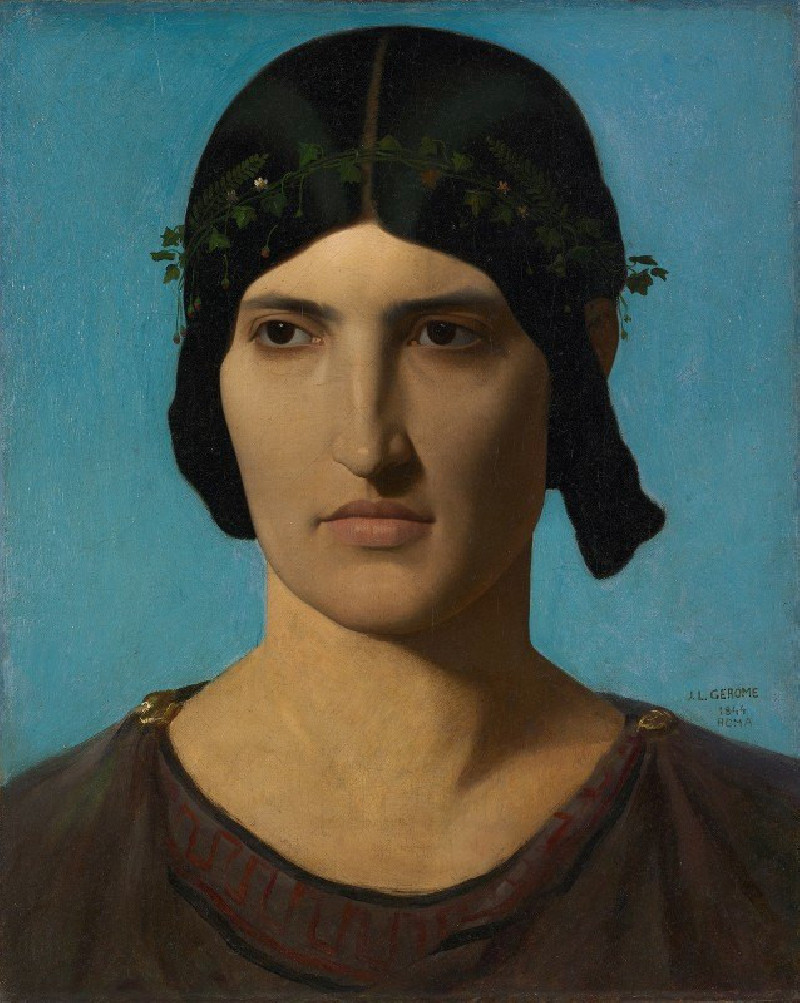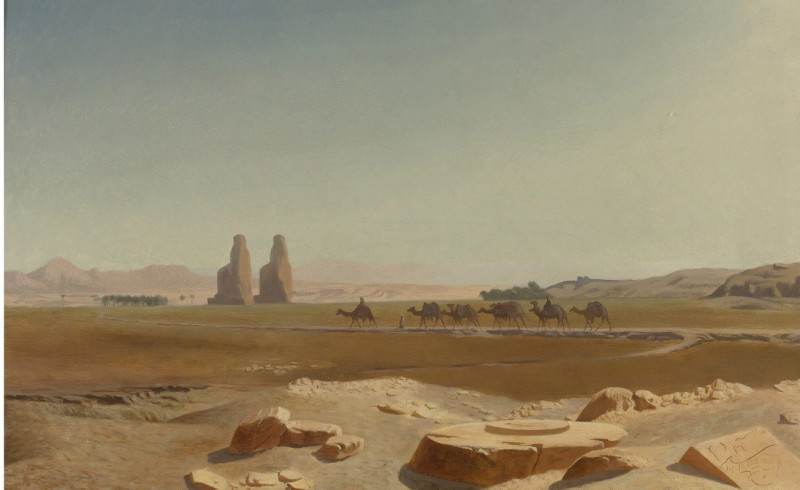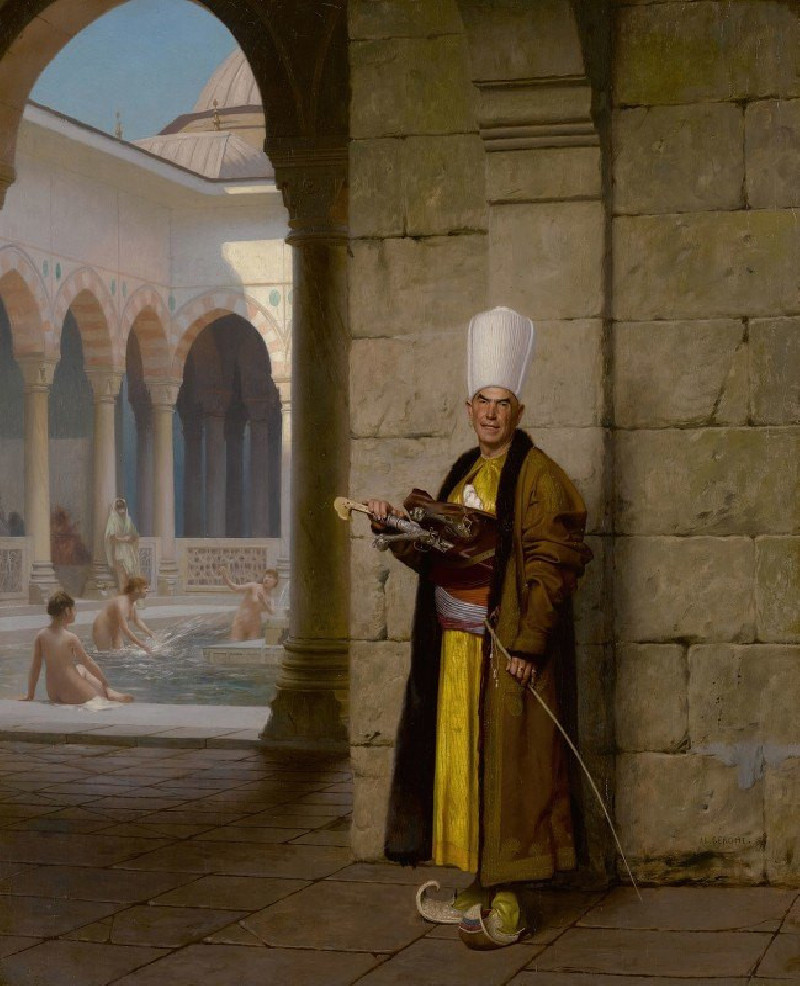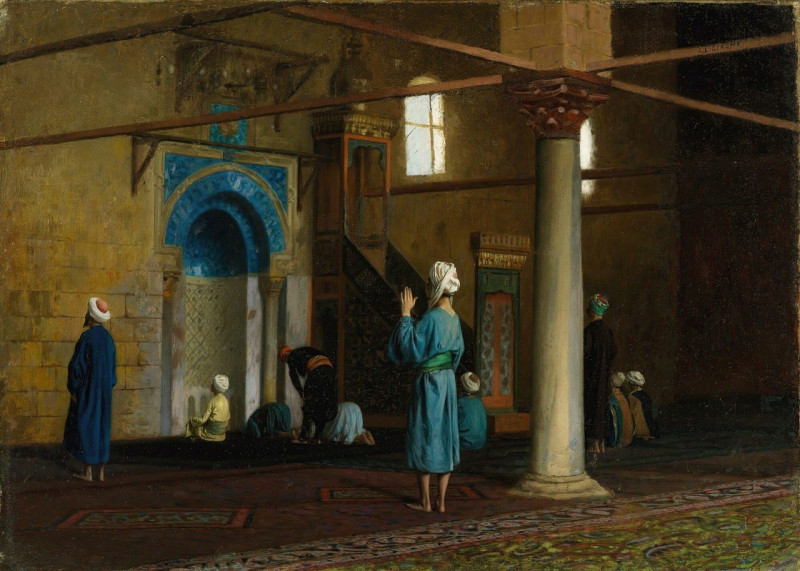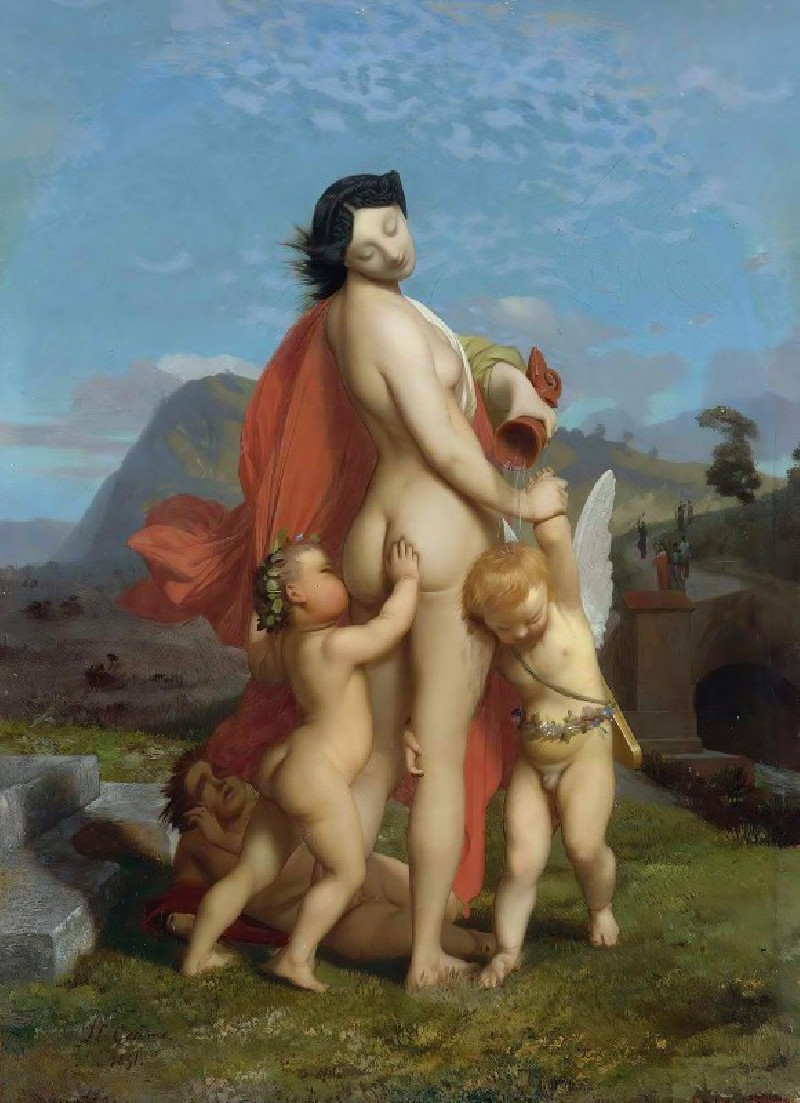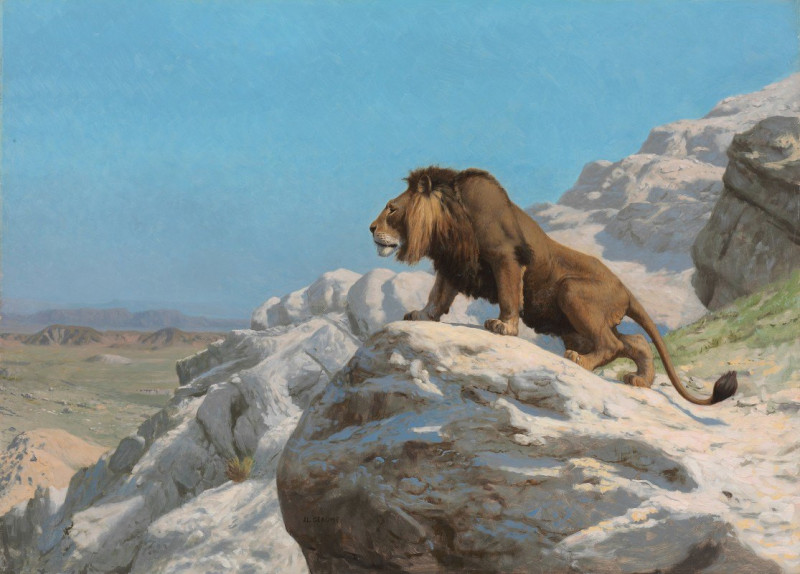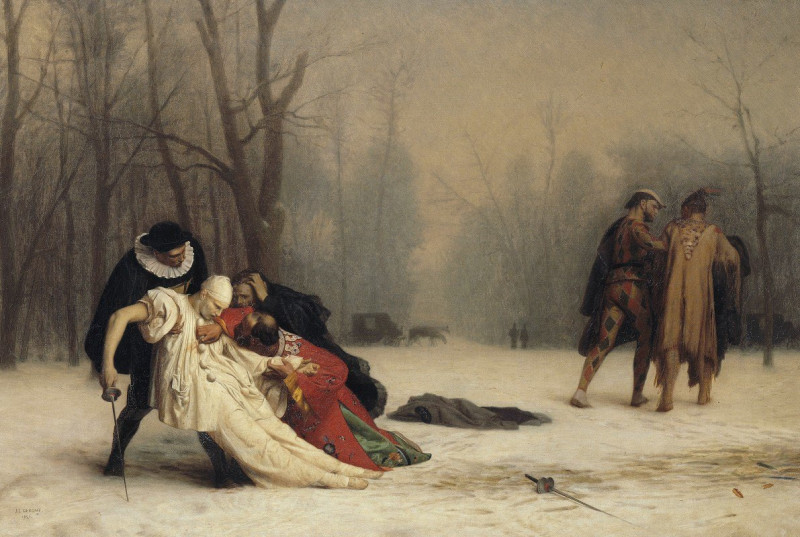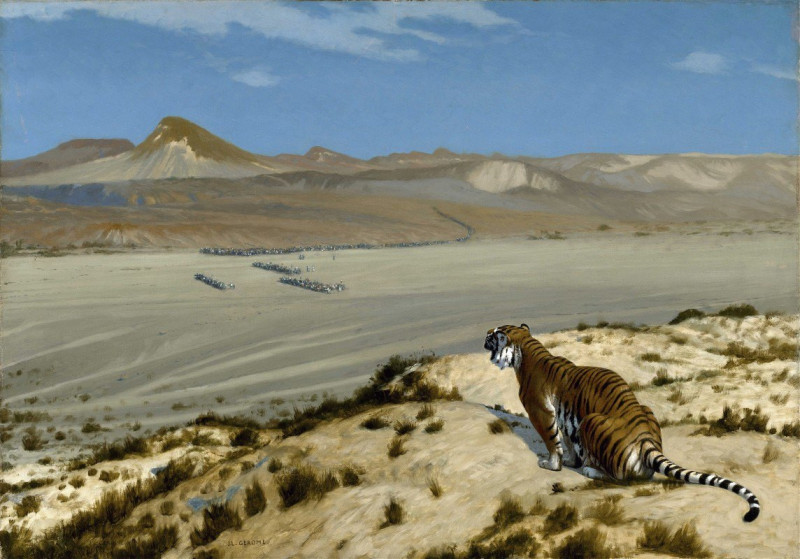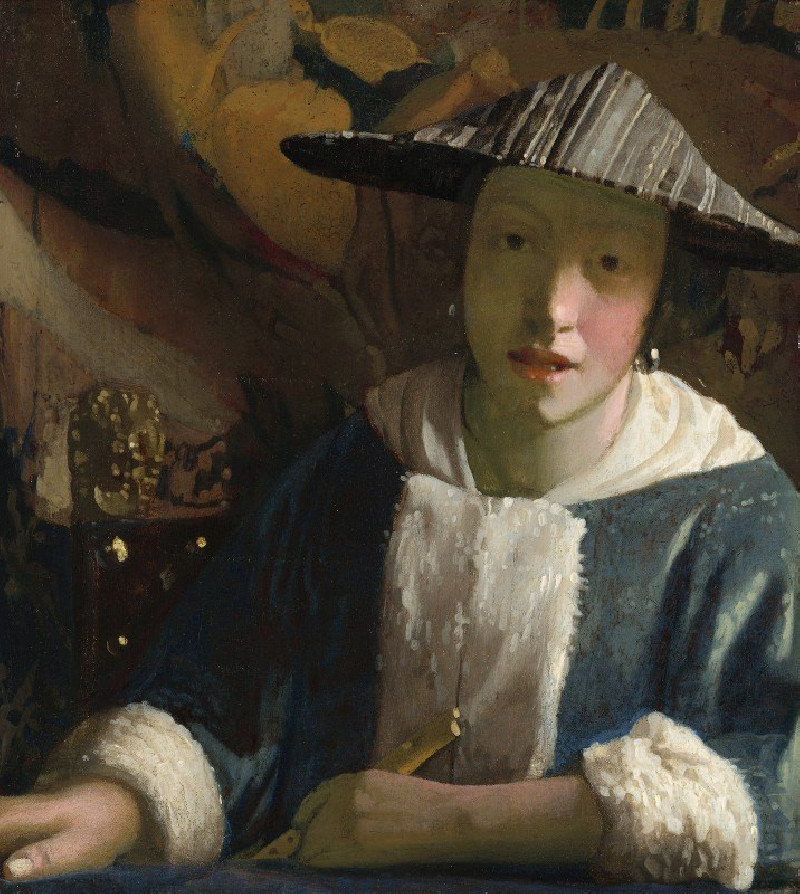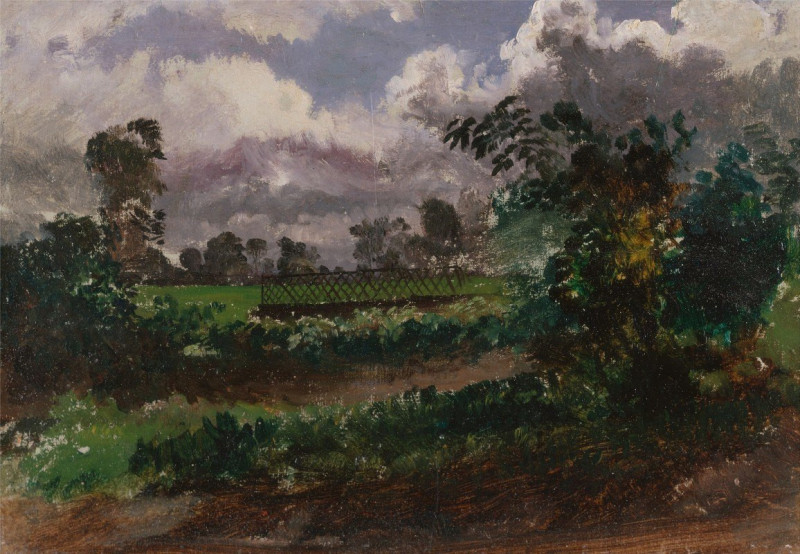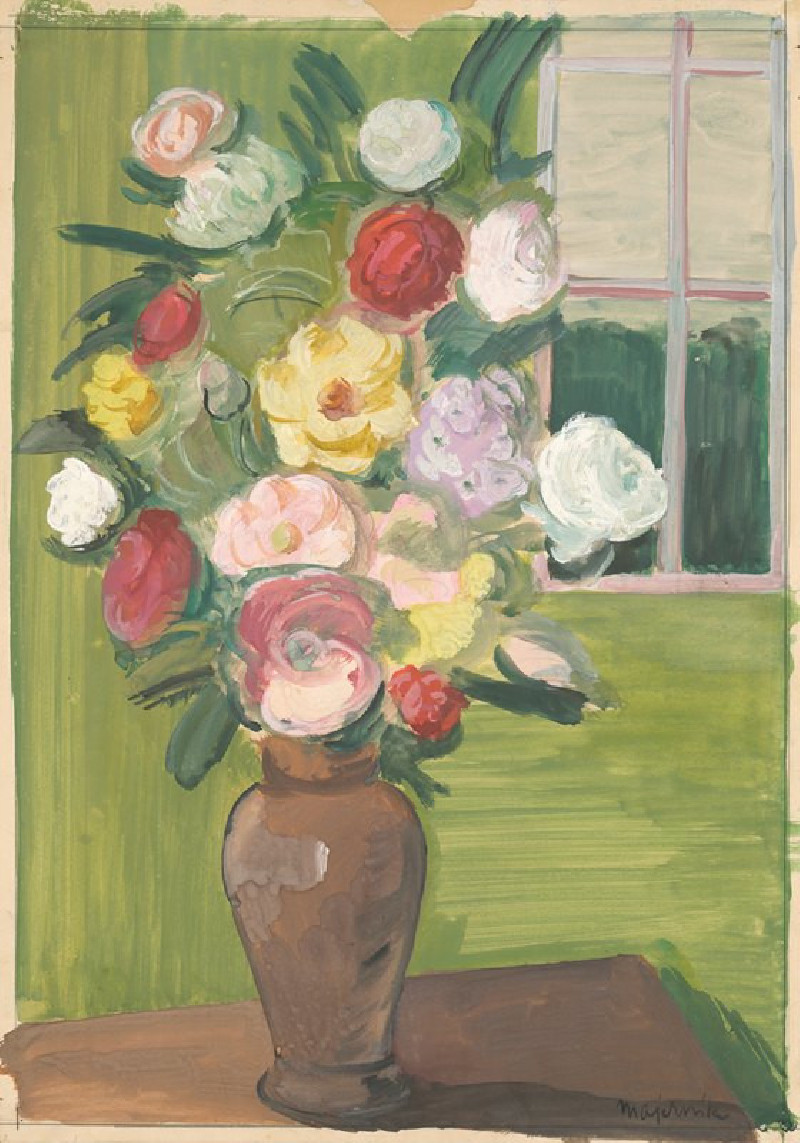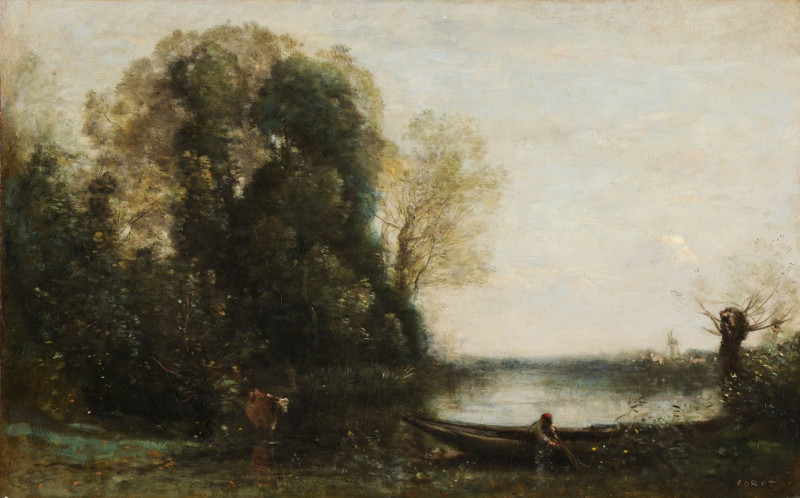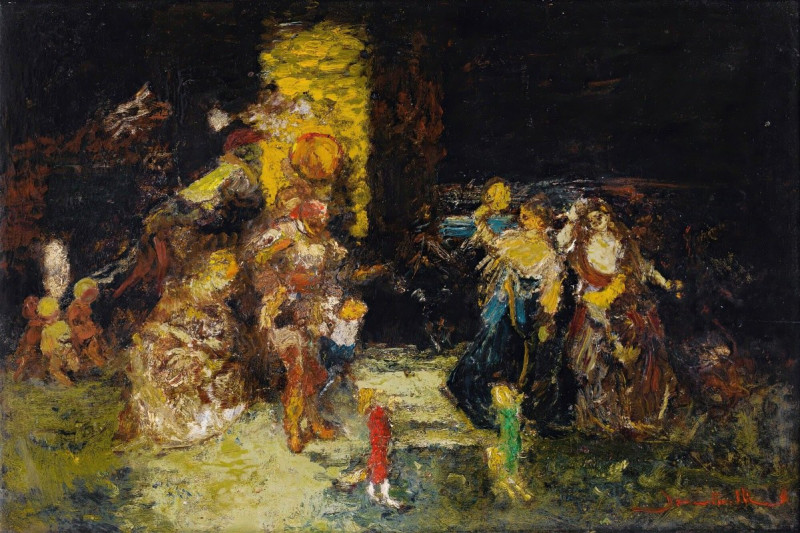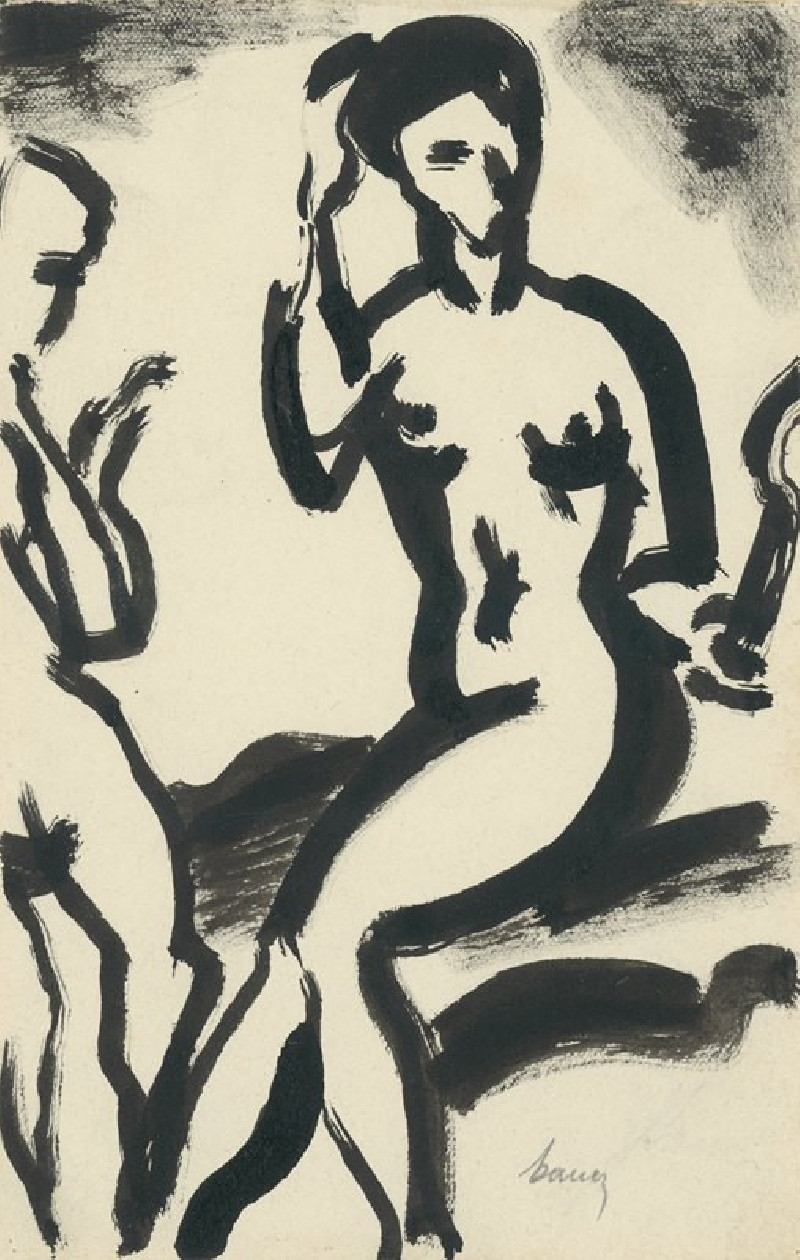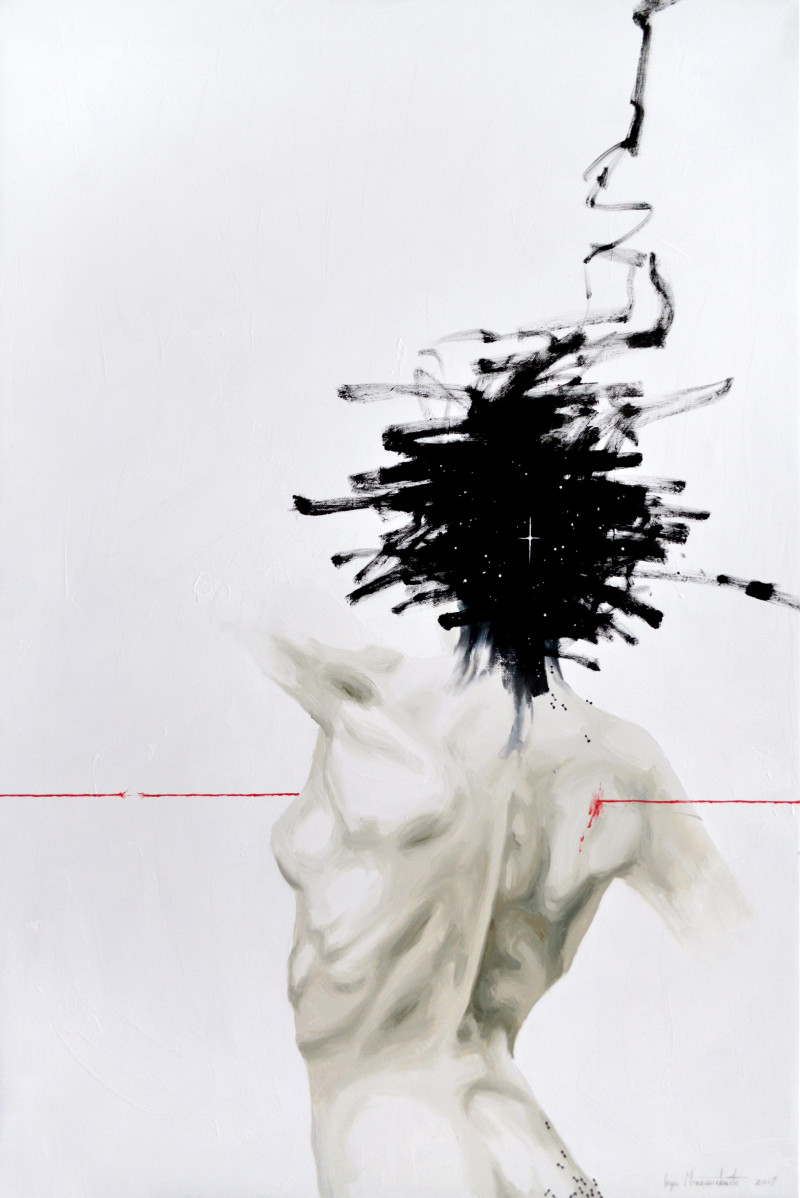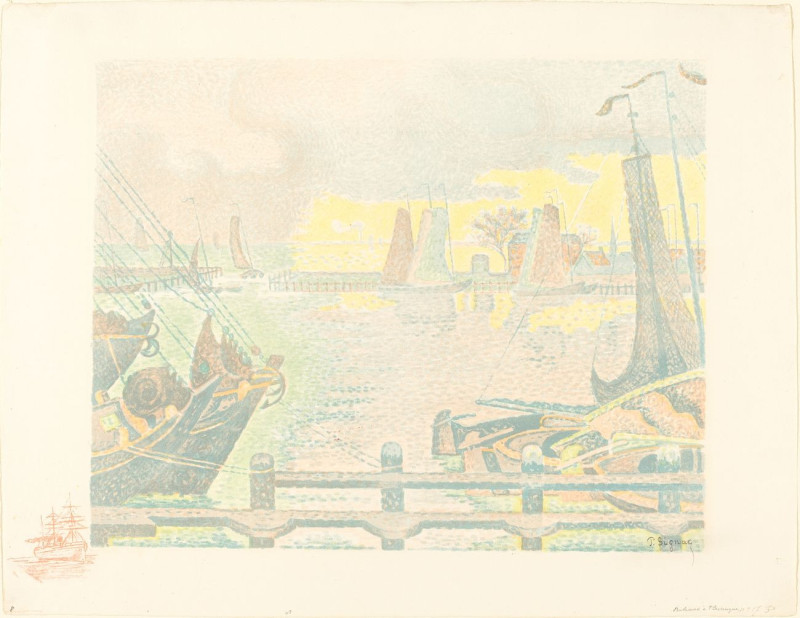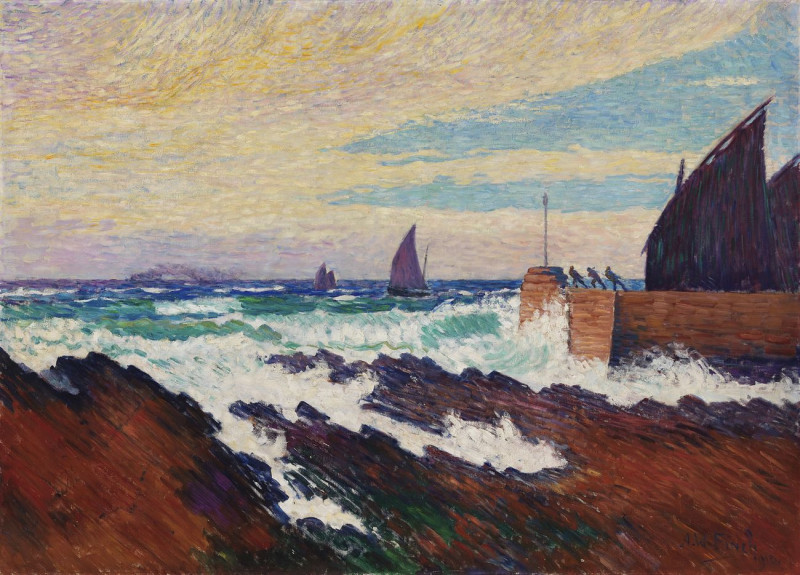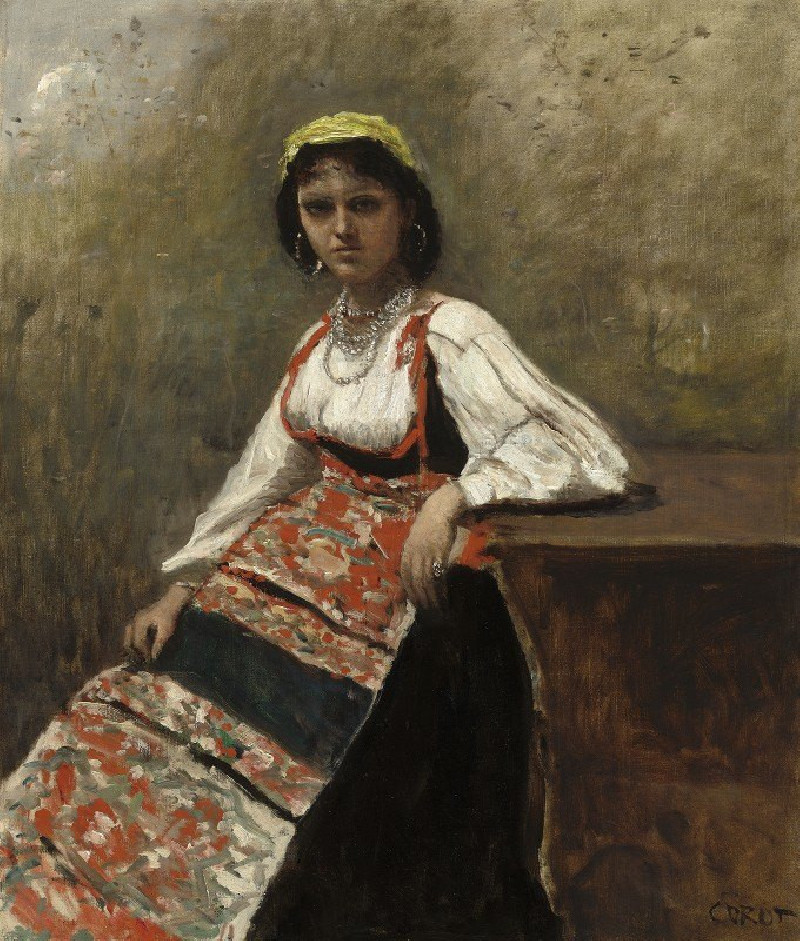Atelier De Tanagra
Technique: Giclée quality print
Recommended by our customers
More about this artwork
Jean-Léon Gérôme's painting "Atelier De Tanagra" transports viewers to a bustling ceramic workshop in ancient Greece, vividly capturing the essence of historical craftsmanship and cultural richness. The artwork is exquisitely detailed, illustrating the precise artistry involved in the creation of Tanagra figurines, which were popular in the Hellenistic periods.The composition of the painting shows several figures engaged in various stages of the figurative sculpture process. In the foreground, a woman sits at a table, attentively painting a freshly moulded figurine. Her focus and the delicate way in which she holds the paintbrush highlight the meticulous skill required for this art. A collection of colorful painted figures and masks on the table and a basket full of vibrant, theatrical masks at her feet suggest the diverse output of the workshop.Around her, the workshop is alive with activity. To the right, a group of women, draped in traditionally inspired robes that provide a splash of color against the earthy tones of the room, engages in dialogue possibly about the qualities of the sculptures they are inspecting. Each figurine displayed around the room—from those perched on pedestals to others awaiting decoration—showcases the variety in expression and form that characterizes Tanagra figurines.Gérôme's use of lighting accentuates the textures and contours of both the sculptures and the human figures, creating a dynamic interplay of shadows and highlights that gives depth to the scene. The architectural elements, like the large kiln arch in the background, underscore the authenticity and historical context of the setting."Atelier De Tanagra" is not just a portrayal of a historical craft but also a celebration of cultural heritage and artistic endeavor, reflecting Gérôme’s mastery in historical and genre painting.
Delivery
Returns
Jean-Léon Gérôme was a French painter and sculptor in the style now known as academicism. His paintings were so widely reproduced that he was "arguably the world's most famous living artist by 1880." The range of his oeuvre included historical painting, Greek mythology, Orientalism, portraits, and other subjects, bringing the academic painting tradition to an artistic climax. He is considered one of the most important painters from this academic period. He was also a teacher with a long list of students.

